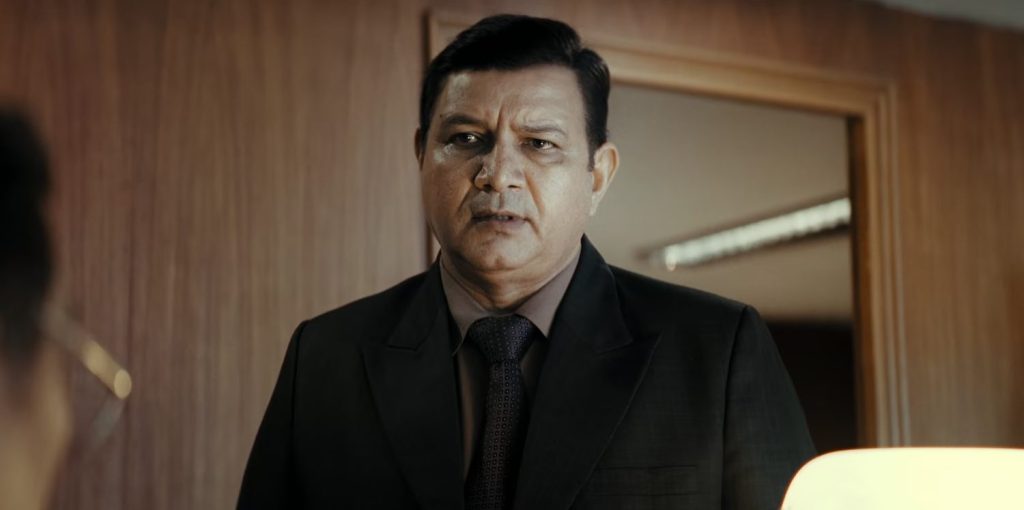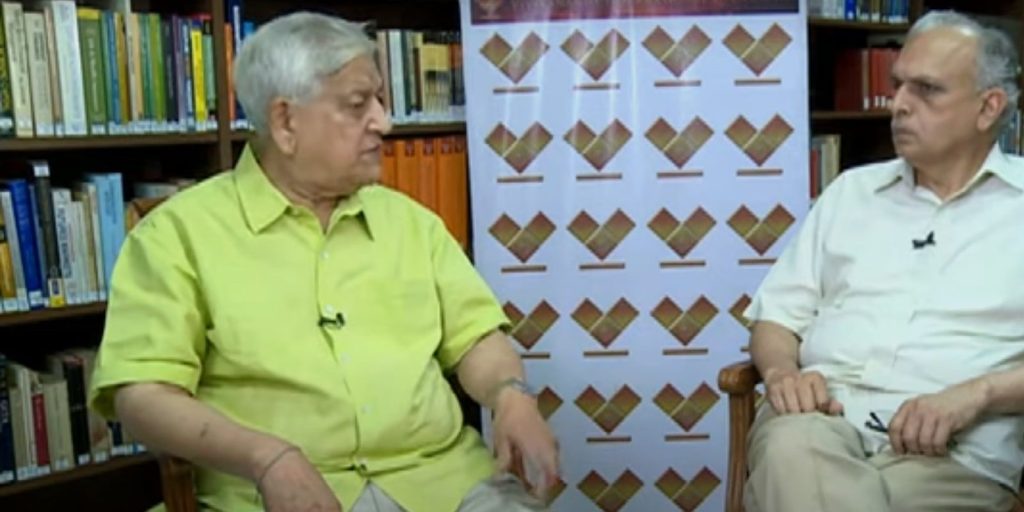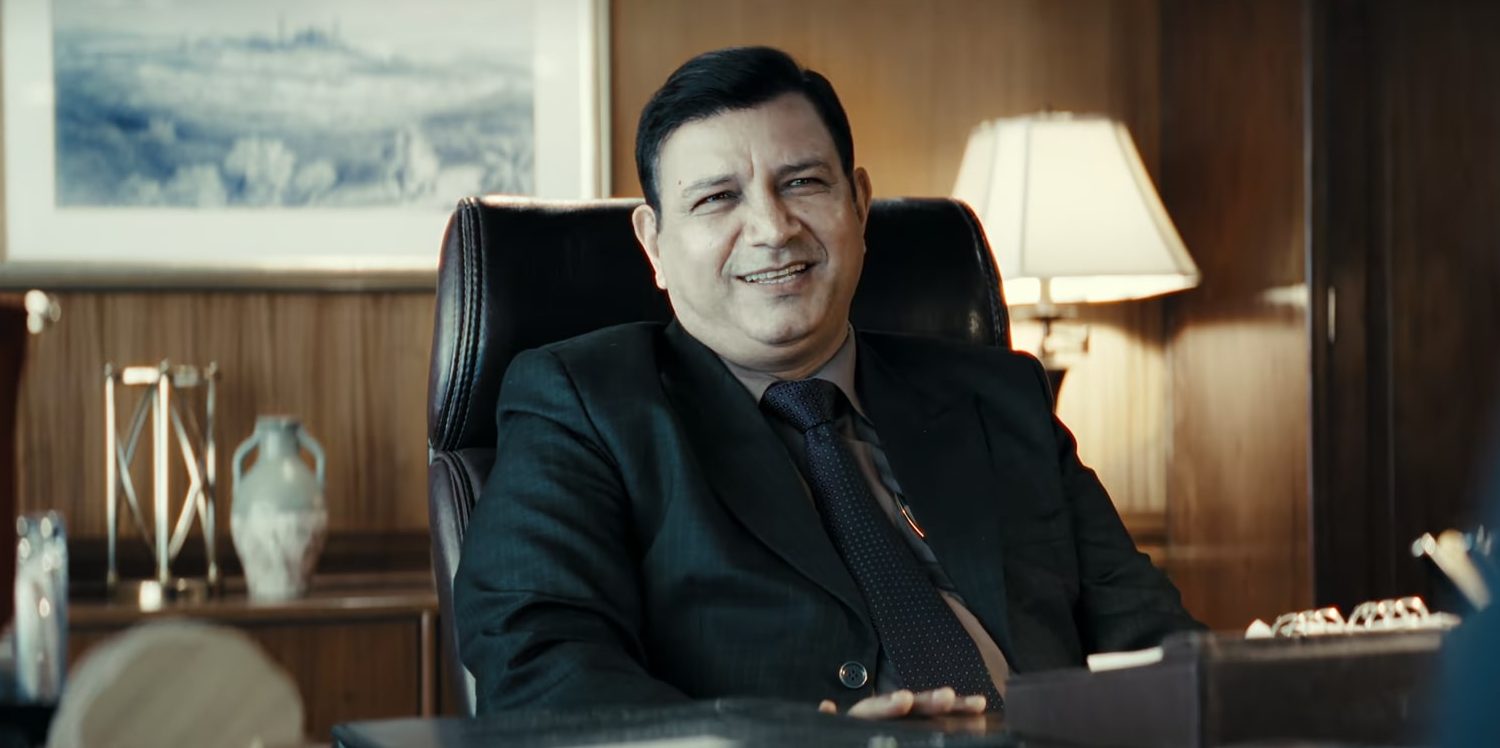In the Netflix show, ‘IC 814: The Kandahar Hijack,’ an Indian Airlines flight traveling from Kathmandu to New Delhi is hijacked by a group of terrorists, leading to a harrowing week-long battle for negotiations that brings the Indian public to a standstill. Once the plane lands in Kandahar after refueling via a multitude of locations, the government of India creates a negotiation team led by Ranjan Mishra to handle the recovery of the passengers from their hostage situation. Mishra and his four-person squad have their work cut out as challenges start surfacing once they arrive at the Kandahar airport. His leadership is pivotal in navigating the delicate atmosphere brewing between the negotiators, the Afghani political contingency, and the hijackers. SPOILERS AHEAD.
Ranjan Mishra: A Lead Negotiator With Ties to a Real-Life Figure
Ranjan Mishra is a semi-fictional character in ‘IC 814: The Kandahar Hijack,’ who was conceived by Anubhav Sinha and Trishant Srivastava, the creators of the show. He is a top officer at the Research and Analysis Wing (R&AW or RAW), India’s foreign intelligence agency, who learns about the hijacked IC 814 airplane from a newspaper editor named Shalini Chandra. He is one of the critical members working to defuse the situation. Unfortunately, a combination of ineffectual leadership and unnecessary bureaucracy hamstrings his and his team’s efforts throughout the narrative. Later, Mishra is appointed the lead negotiator tasked with opening communication with the hijackers. However, he defers it to Mukul Mohan, stating that the latter is a stricter moderator.

The character seems to be primarily inspired by C.D. Sahay, a former member of R&AW, who was appointed on December 27, 1999, as part of the negotiation team meant to handle the recovery of the passengers on board the Indian Airlines Airbus. However, the actual leader during the operation was Vivek Katju, the Joint Secretary of the Ministry of Home Affairs. Mishra actually occupies Katju’s role during the negotiations, although he shares more similarities with C.D. Sahay, the Cabinet Secretariat. Sahay and his team negotiated for the release of the IC 814 flight crew and passengers by releasing three terrorists — Maulana Masood Azhar, Ahmad Omar Sayid, and Mushtaq Ahmed Zarqar — to meet the demands of the hijackers.
In the show, Mishra acts as the decision-maker once the negotiation team lands in Kandahar. Mohan, DRS, and Abhijeet Kumar often look for his opinion whenever things get too complicated or messy to navigate on their own. DRS even states that Mishra has a solid knowledge base when it comes to Afghanistan-Pakistan relations. Although DRS suggests that he should be the one to handle the negotiations with the hijackers, Mishra decides to go with Mukul instead, as he feels the latter is more formidable when it comes to brokering a deal between the two parties. It ultimately pays off, even though his initial goal of appearing strong before the terrorists ends up being in vain as the government bows down to all the demands made by the hijackers.
C.D. Sahay Remains Engaged in National Security Discourse
After facilitating the release of the IC 814 passengers and flight crew from Kandahar, C.D. Sahay continued heading operations as a Special Secretary in R&AW. He was in charge of a division dedicated to all national security matters pertaining to Pakistan and other Islamic countries. He was appointed as chief of R&AW on April 1, 2003, becoming the 15th head of the intelligence agency. Subsequently, he became the first chief to undergo training in Israel, while all his predecessors had done so in the United Kingdom and the United States. Sahay’s affiliation with R&AW can be traced back to the 1970s when he moved to Delhi to join them, after which he gained decades of experience in security matters. On January 31, 2005, he retired from his post.

However, Sahay continues to remain active in his life despite his departure from his espionage career, contributing as much as he can to national security matters. He joined various think tanks and organizations, including the Vivekananda International Foundation (VIF), which incidentally was founded by Ajit Doval, who was part of the negotiating team on the IC 814 case. Sahay has co-authored various papers and contributed articles on subjects relating to national security and foreign policy matters. He is also affiliated with the Usanas Foundation, which is another organization focusing primarily on geopolitical issues and counterterrorism.
In a 2018 interview with the VIF, he elaborated on Indian Prime Minister Narendra Modi’s visit to Nepal by saying, “It’s exactly eight years now, and that is the third time he visited Nepal, which is very unusual, but actually seems to form a part of Prime Minister Modi’s neighborhood-first policy. He has visited Bangladesh also and covered all the countries including Pakistan.” Sahay continues to stay involved in all topics relevant to the political sphere and is a valuable voice owing to his long history of service in national security issues.
Read More: IC 814: Is Vijaybhan Singh Based on a Real Indian Foreign Minister?


You must be logged in to post a comment.